Human Trafficking
It’s important to unlearn stereotypes, myths and misconceptions around human trafficking, so that we can build a world where survivors are met with dignity and respect. Keep reading to test your own knowledge on the issue!
What is Human Trafficking?
The crime of human trafficking in California is defined as:
Depriving someone of their personal liberty with the intent to obtain forced labor or services from them;
Depriving someone of their personal liberty with the intent to violate California’s pimping and pandering laws, California’s child pornography laws, California laws against extortion and blackmail, or certain other California laws concerning commercial sexual activity and the sexual exploitation of children; or
Persuading or trying to persuade a minor to engage in a commercial sex act, with the intent to violate one of those same laws.
The coercion can be subtle or overt, physical or psychological. Exploitation of a minor for commercial sex is human trafficking, regardless of whether any form of force, fraud, or coercion was used because a minor cannot legally consent to engage in commercial sex.
Human Trafficking in Southern California
California has the highest number of reported victims of human trafficking in the Country. Los Angeles and San Diego are two of the top cities in the United States for human trafficking. Between 2007 and 2016, there were 2,803 total calls (the third most calls per city) made to the National Human Trafficking Hotline from the Los Angeles area, with 884 of these cases having high or moderate characteristics of human trafficking (the second largest number of cases per city). During that same time period, the National Human Trafficking Hotline received 1,333 calls from San Diego (10th most calls among cities), with 335 of these cases having high or moderate indicators associated with human trafficking (11th most). Very few victims self-identify or seek assistance. Therefore, these numbers represent only a small fraction of the number of trafficking cases.
Sex trafficking in Los Angeles is fueled by a booming tourism economy, a large transient population, a site for major sporting events, proximity to other high trafficking areas such as San Diego, San Francisco and Las Vegas and numerous forms of transportation in and out of the city. San Diego is characterized by the same realities along with a large military population that also fuels the demand for commercial sex.
Who Are the Victims?
Victims of sex trafficking are of all ages, genders and identities and nationalities. At Free to Thrive, the average age when a client was first trafficked is 18. The youngest age a client was first trafficked is 1 and the oldest is 50. Free to Thrive’s clients are almost all female identifying. That being said, while survivors generally do not self-identify, boys and men are even less likely to self-identify as having been trafficked or seek help due to a lack of understanding and stigma around exploitation of men and boys.
90% of Free to Thrive’s clients were born in the United States. This data is consistent with research on sex trafficking which finds 80% of victims were born in the United States. All walks of life, all socio-economic backgrounds, and communities are impacted by human trafficking. Nevertheless, individuals experiencing poverty are more at risk of trafficking. A large proportion of our clients grew up in poverty and/or were experiencing poverty at the time they were trafficked. Lack of economic independence, housing and employment are some of the main barriers that trap people into a life of exploitation.
Human Trafficking and BIPOC Communities
While white individuals are sex trafficked, they are not criminalized to the same degree as BIPOC (Black, Indigenous and People of Color) survivors. Every day we see the impact that individual and systemic racism has on our clients and on the criminal legal system as a whole. Our work focuses on addressing the criminalization of victims and survivors. In our cases, we often identify and bring to light facts and patterns that demonstrate how overt racism and/or implicit bias worked against our clients. We then address this racism by asking courts to recognize our clients’ full humanity (including the impacts of trauma and the adaptations that helped our clients survive) and correct earlier mistakes that led to our clients being criminalized unjustly.
Our work to cultivate a more trauma-informed legal system also includes offering training for law enforcement, prosecutors, public defenders, private attorneys and judges where we teach about the role racism plays in the criminalization of survivors. We recognize, however, that training individuals is insufficient; eradicating racism and the vestiges of institutional slavery in American public life requires broad-scale, systemic change and power shifting. For that reason, we are also working with other organizations and lawmakers to develop new laws that remedy the disproportionate criminalization of BIPOC victims and survivors. We are committed to learning as an organization so we can continue anti-racist work externally and internally.
Power, Control, and Coercion
Exploitation is facilitated by patterns of behavior used to exert power and control over the victim. An exploiter uses threats, intimidation, abuse, isolation, privilege, and coercion to impart fear.
The three most common forms of coercion in sex trafficking are chemical coercion, psychological coercion and economic coercion. Economic coercion occurs when a trafficker takes a high percentage of earnings (50% or above) from their victim(s). Psychological coercion involves social and emotional isolation, induced emotional exhaustion, and degradation, including humiliation, denial of the victim’s power, and name-calling. Chemical coercion refers to bringing about altered states of consciousness either by providing drugs, or forcing drugs.
Trafficked & Arrested
Understanding the Criminalization of Human Trafficking Survivors
After doing this work for the past six years, we have learned a lot about the criminalization of victims and survivors. This report highlights what we’ve learned. We hope you take the time to read it and share it with others in your network.

